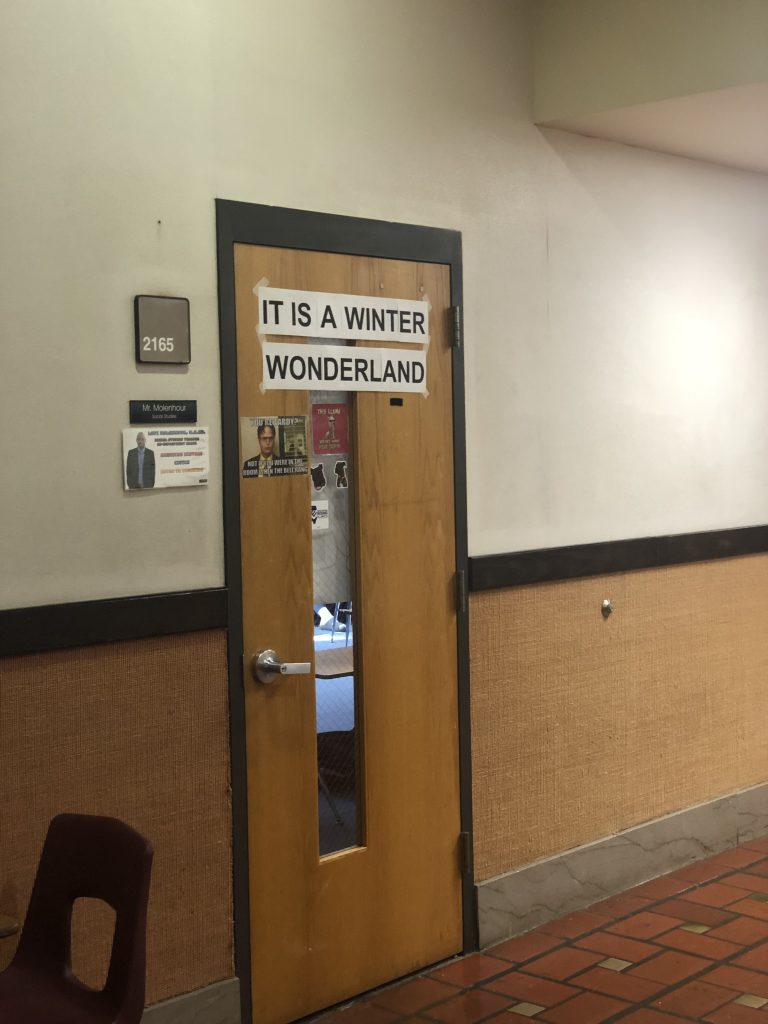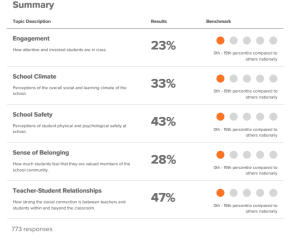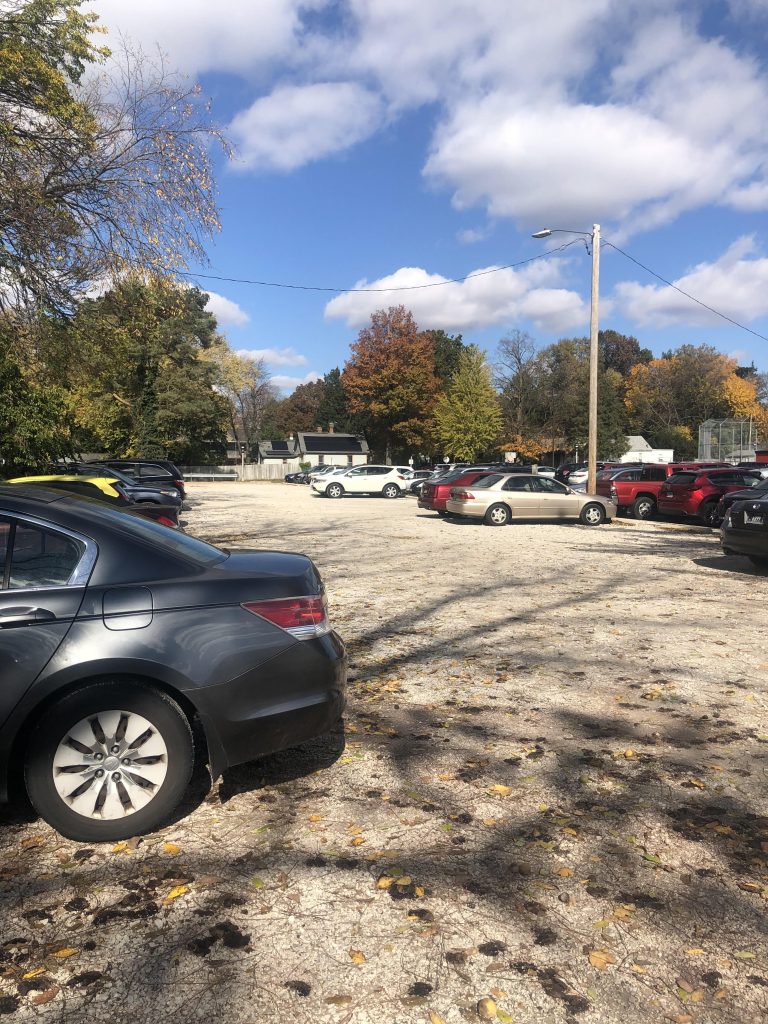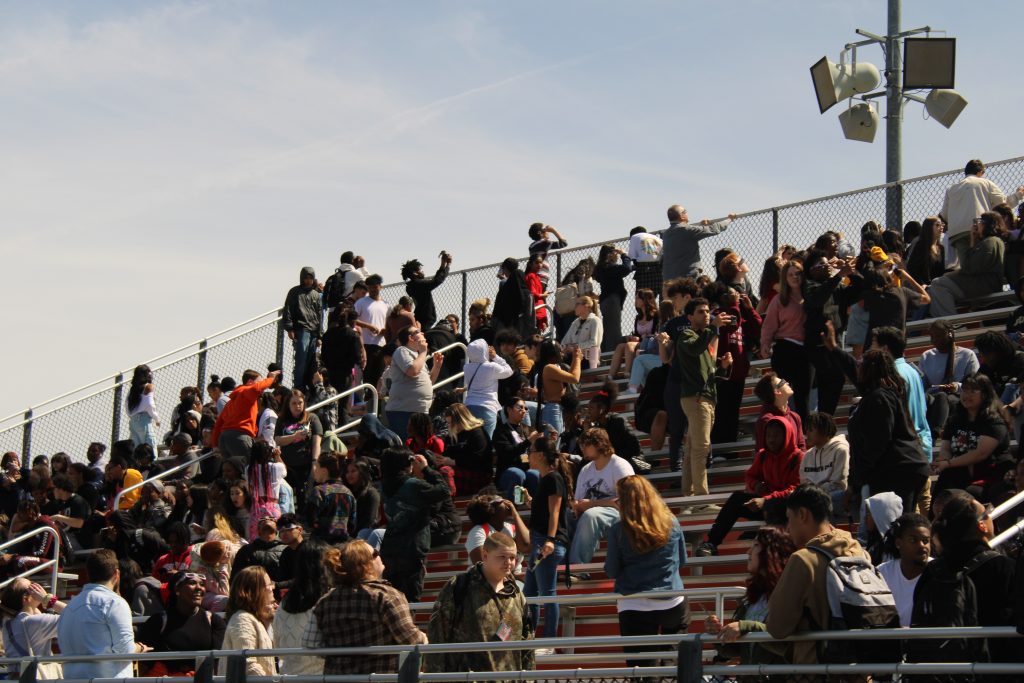Hurricane Joaquin Leaves East Coast Flooded, Has Not Hit U.S.
The hurricane left two feet of water in Charleston, SC last week. With winds of up to 155 mph, torrential rainfall and severe floodings, the giant storm has already left seven deaths in weather-related traffic incidents.
President Barack Obama has declared a State of Emergency in South Carolina, Virginia, North Carolina and New Jersey, allowing the use of federal help in the area to deal with the storm. Their respective governors have started the emergency procedure during the last month, too. All the politicians and authorities agree on one thing: we’re prepared. We have dealt with these kind of situations before.
The hurricane has caused huge material and human damage in the Bahamas, evaluated in millions of dollars.
On Thursday, Oct. 1 a cargo ship named the El Faro went missing while it traveled between Jacksonville, Florida and San Juan, Puerto Rico. The ship was in the middle of the storm when it sent the last message, near the Bahamas. It carried 28 American and five Polish crew members. Finally, after a long, unsuccessful search, SS EL Faro was declared sunk on Oct. 5.
But it seems that tropical storms like Joaquin are not as usual as you might think. Even if the Caribbean has a long history of hurricanes, superstorms and other weather phenomena, usually they do not have this strength.
In fact, AccuWeather Chief Meteorologist Elliot Abrams said, “I have never seen rainfall this intense, in this large of an area and during this short of a period in absence of direct impact from a tropical storm or hurricane.”
“South Carolina flooding was sighted as a one-in-a-thousand year storm totals,” said Matthew Murrey, UHS librarian. “Surface temperature of the ocean is warmer than usual, which is where the hurricanes generate their energy from.”
Also, the weather phenomenon “El Niño” that controls the temperature of the currents in the Atlantic has something to do with the problem.
“They had predicted that [the hurricane season] will be fairly mild, and that seems to be related to somehow to the increasing El Niño,” said Murrey.
Speaking in general terms, climate change seems to be the biggest cause of the problem.
“You can never say that one particular event relates to global warming, but I think you can certainly draw some conclusions when these events are happening more and more frequently. It seems pretty obvious,” said Murrey.











Great article, Miguel!!
Thanks!